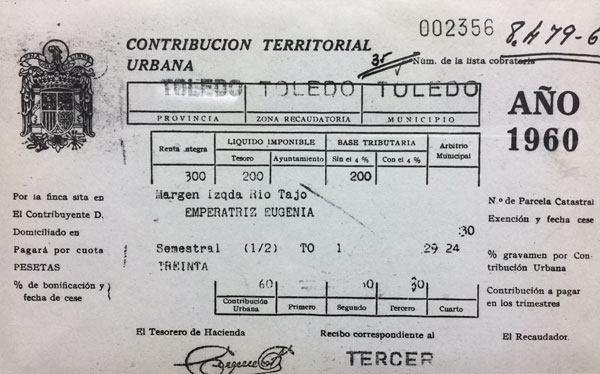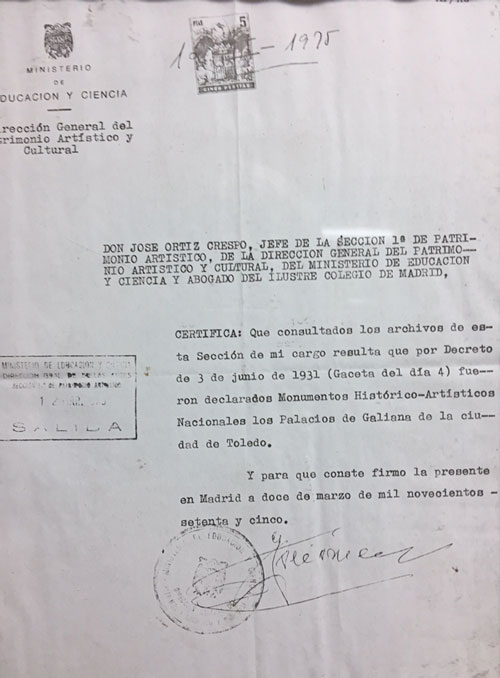History
Welcome to the Palace of Galiana
The Palace of Galiana is an almunia or leasure palace that was built by the Taifa king, Al-Mamún, in the 11th Century. It was built on the outskirts of the city and on the banks of the Tagus river, which provided the necessary water for the care of it's legendary orchards and gardens.
In 1212, with Alfonso VIII, the king's army camped here before launching into battle against the Almohad Caliphate and defeating them in the decisive battle of the Navas de Tolosa. As a result of these events, or perhaps due to previous attacks, there was a major destruction of the Islamic period of the building. This led to a first reconstruction under the Mudejar style in the 13th Century.
In the 14th Century, specifically in 1385, we know that the property of the Palace of Galiana passed to the Convent of Saint Jerome by donation of the King Juan I, ceasing to be a royal property. But it didn’t take long for the monks to sell it. In 1394, the almunia was acquired by Doña Beatriz de Silva, wife of Alvar Pérez de Guzmán. In this period the second Mudejar reform took place. Inside the palace you will be able to see the coat of arms of the Silva and the Guzmán families that are preserved on the plasterworks.
Since the 16th Century it has received its present name in memory of the fabulous palaces and gardens that Galiana, beautiful legendary daughter of the Muslim king Galafre and wife of Emperor Charlemagne, who inhabited this beautiful place.
During the second half of the 19th Century, the property passed into the hands of the last descendant of the Guzmanes who owned Galiana: the Empress Eugene of Montijo, wife of Napoleon III. And it was during the lifetime of Eugene of Montijo when important figures of Spanish history and culture became interested in this building in a state of abandonment and sought to get it out of the deplorable state in which it was. Sadly, the Empress Eugene died before the restoration could be carried out.
In 1959 the Palace was sold to Alejandro Fernández de Araoz and his wife Carmen Marañón. Under the direction of the prestigious architect Fernando Chueca Goitia and the historian Manuel Gómez-Moreno, an admirable restoration project was carried out, returning Galiana to its original splendor. Galiana is now magnificently restored and consists of a rectangular floor plan divided into nine vaulted rooms and a sunken pond that reflects the magnificent architecture. The monument was declared of Cultural Interest in 1985 and is surrounded by a wonderful garden.

or write us: eventos@palaciodegaliana.es

